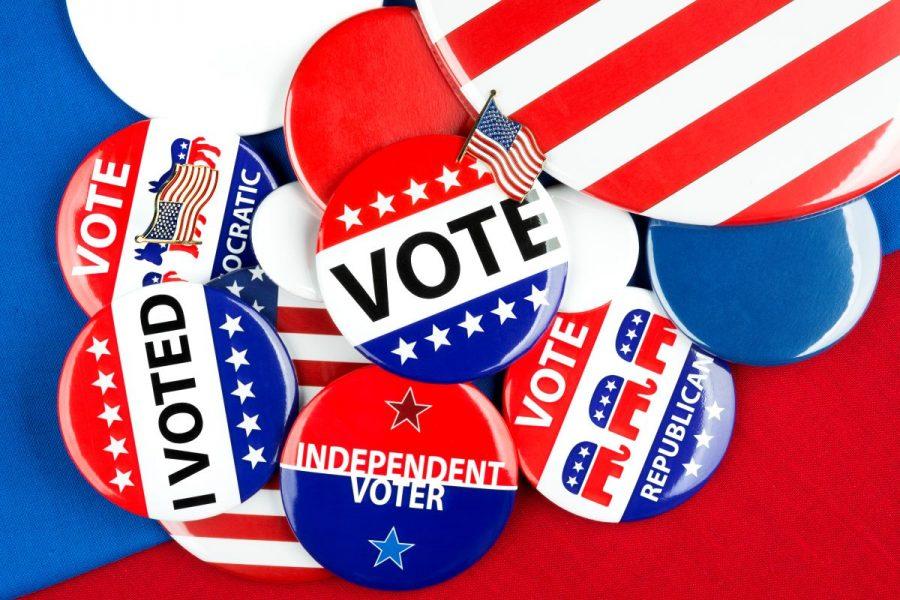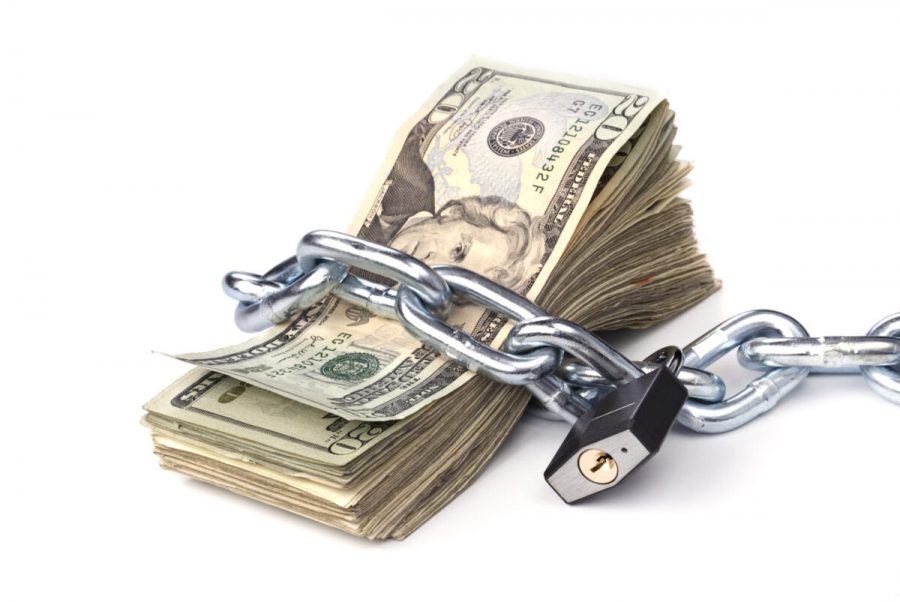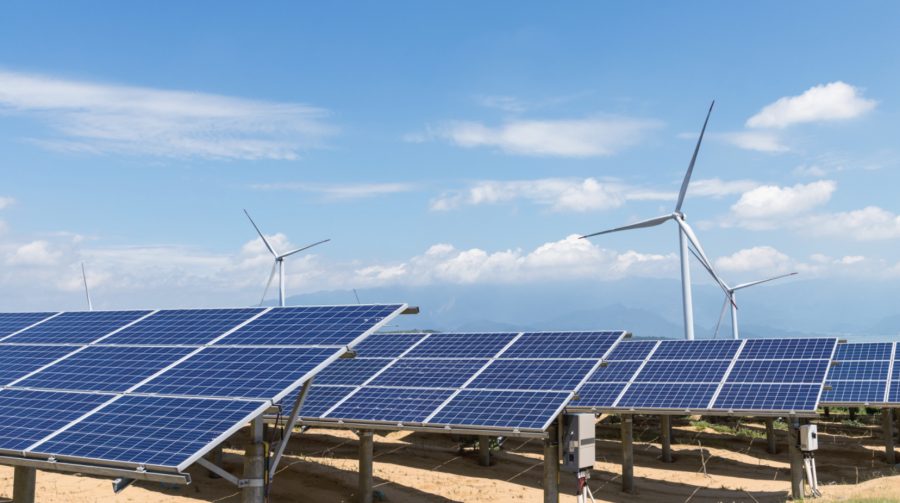Definition and Purpose
The Paris Agreement (Accord), or COP21, was created in Dec. 2015 to combat the effects of climate change. The agreement included articles that restricted the amount of carbon each country could emit. The treaty’s namesake is the town it was initially created in, Paris, France.
The drafting of the accords was a response to the rising effects of climate change and aimed to encourage each country to create national policies that would keep the global temperature increase below.
In June 2017, however, President Donald Trump announced the U.S. would leave the deal, saying “The Paris Accord will undermine [the U.S.] economy,” and “puts [the U.S.] at a permanent disadvantage.”
History
Global temperature now
As of 2015, the Earth is 1 degree celsius above pre-industrial times. 2016 was the hottest year on record, with records dating back to 1880. The National Oceanic Atmospheric Administration (NOAA) predicts 2019 will be the third hottest year on record.
UNFCCC
After global reform and protest created in the 1990s, The United Nations established the United Nations Framework Convention on Climate Change (UNFCCC) in 1992. The goal of this establishment was to set up the Conference of Parties (COP), which in 1995 began to discuss the current problems in the environment.
COP3
The Kyoto Protocol, or COP3, was the first agreement established by the UNFCCC in 1998. COP3 called for developing countries to cut their carbon emissions. It failed to include the largest carbon-emitting countries, China and the U.S. and is currently not set to be renewed as the Paris Agreement offers more substantial reform.
COP21
COP21 was held in Paris, France where climate change and rising carbon levels were discussed. The UNFCCC then created the Paris Agreemnt, which allowed more lenient reform than the Kyoto Protocol. In 2016, President Barack Obama signed it in through executive order.
Controversy
| Pro
Most countries supported the Paris Agreement at its conception, with 197 countries signing initially signing the agreemnt The Paris Agreement intends to solve the climate crisis by reducing the global temperature by two degrees celsius. Paris Agreement leads to new jobs Proponents of the Paris Agreement argue that the impacts of an environmental treaty incentivize the creation of new jobs in the renewable energy sector. The current 2.5 million people working in clean energy will skyrocket as the Paris Agreement emphasizes competitiveness in the clean energy industry. Energy stability plays a large part in the controversy over articles to restrict the use of fossil fuels. The National Resource Defense Council argues that renewable energy is more reliable than fossil fuels as there is an essentially infinite amount of energy. |
Con
Attempting to implement the Paris Agreement into domestic politics proves difficult. While the U.S. signed onto the agreement to reduce carbon emissions, policies to do that would have to go through Congress, which could take years. Competitive Enterprise Institute argues that by the time the Paris Agreement is implemented into U.S. legislation, it will be too late and the effects of climate change will be irreversible. Previous plans to enforce the Paris Agreement would de-incentivize jobs. The Paris Agreement would destroy $2.5 trillion and eliminate thousands of jobs, as those working in the natural energy sector will lose their jobs to renewable reform. The agreement aimed to collect $100 billion for the Green Climate Fund by 2020, burdening the general population as the United States would have to implement taxes to collect $100 billion. |
Recent changes
President Trump verbally committed to withdrawing from the Paris Agreement in Nov. 2020, the earliest possible date. President Trump cannot withdraw earlier because former President Obama signed a four-year tenure in Nov. 2016.
How the Agreement has changed over time
In 1992, countries met to discuss the impact greenhouse gases have had on their government, eventually creating the Kyoto Protocol. The Kyoto Protocol aimed to reduce the amount of greenhouse gas emitted into the atmosphere, however, the articles that encompassed the protocol failed because the two largest carbon emitting countries, China and the United States, did not sign the treaty.
The Kyoto Protocol was set to only last until 2020 until the Paris Agreement was created.
Public Opinion
According to News Gallup, views on climate change differ by the party. 66 percent of Democrats acknowledge that climate change exists and want to take action. Of the republicans that participated in the poll, 17 percent “do not worry a great deal” about climate change.
According to the Yale Program on Climate Change Communication, 76 percent of Americans support the Paris Agreement
Sources
https://www.noaa.gov/news/may-2019-was-4th-hottest-on-record-for-globe
https://www.britannica.com/topic/Paris-Agreement-2015
https://www.c2es.org/content/history-of-un-climate-talks/
https://www.theguardian.com/environment/2011/mar/11/kyoto-protocol
https://www.businessinsider.com/195-countries-that-signed-paris-climate-agreement-accord-deal-2017-5


















































































